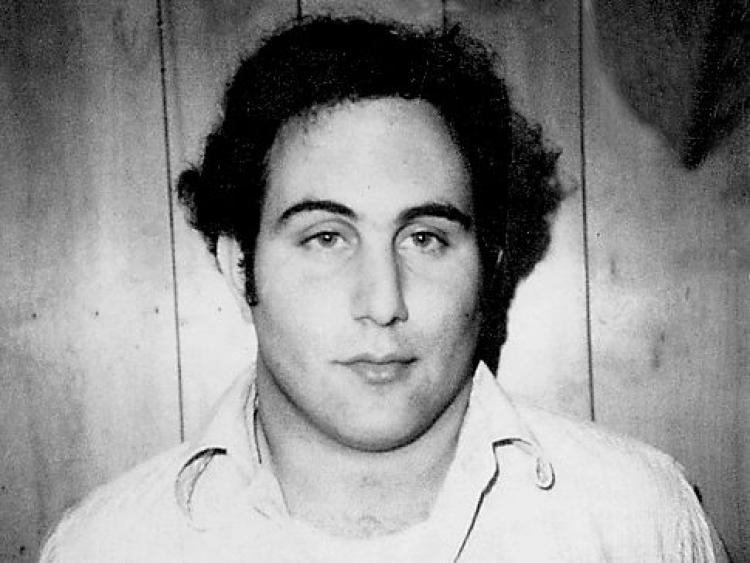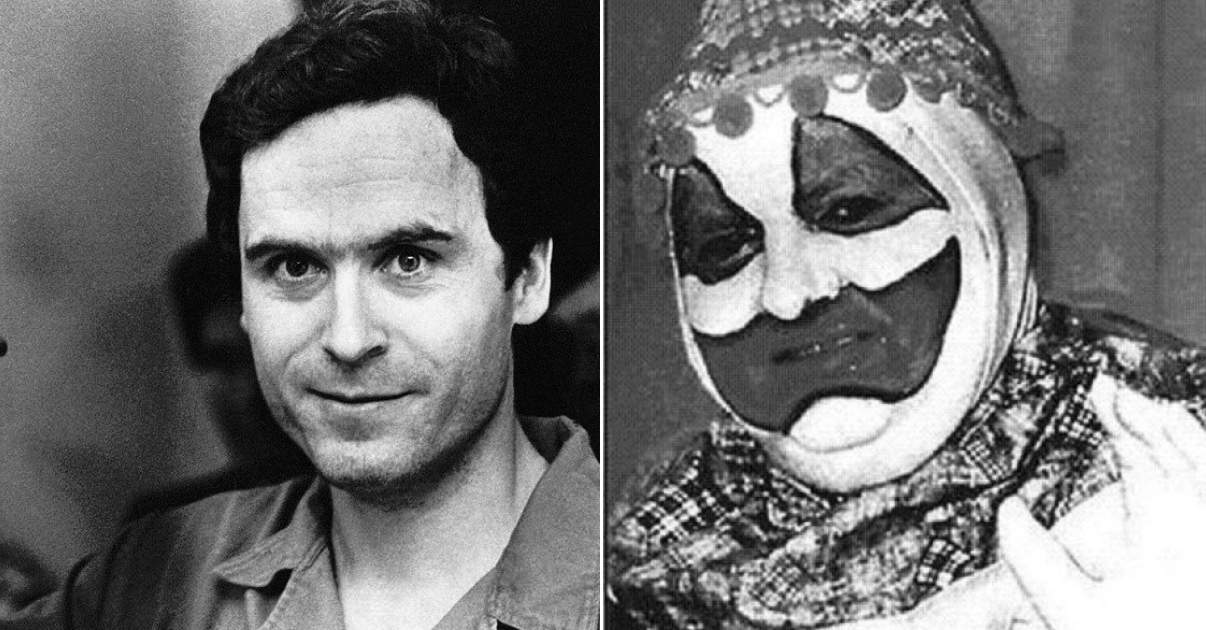1977 might go down as one of the most influential years of the 20th century. It could easily be charted as the year in which the final quarter of the century started and the post-war dream died, a time in which the optimism of the 1950s and 1960s was overtaken by something much, much darker. There were several harbingers that could be called upon to show that 1977 was the beginning of a new age in the West. Jimmy Carter became US President, Spain transitioned from the dictatorship of Franco into a functioning democracy and Anwar Sadat’s Egyptian government ushered in a new era in the Middle East by recognizing the state of Israel for the first time.
Technologically, this was the year that saw the foundation of Apple and the demonstration of the first home computer, the world’s first video games console, the Atari VCS was released to market, the Voyager space probe was sent into orbit by the Americans (and the Soyuz 24 by the Soviets) and the first Concorde flew from London to New York.
In culture, 1977 was a year of new beginnings that transformed the artistic landscape: disco was at its height and punk went from an underground subculture into a generation-defining worldwide global movement with the release of the debut albums by the Sex Pistols and the Clash, Star Wars broke all box office records and relaunched the science fiction genre in perfect concert with the new space age while the biggest selling book of the year was The Shining, firmly establishing Stephen King as the most popular author in the English language.
On the sports field, Pele pulled down the curtain on the greatest career in soccer history, while in Argentina, Diego Maradona made his debut for the national team at the age of just 16. World Series Cricket began a new era for the most traditional of sports and in the United States, the flamboyant Reggie Jackson lead the New York Yankees to the World Series.
For many, however, 1977 represents the year that the cold realities of the neoliberal era began and the hazy youth of the baby boomer generation ended. There was a feeling of decay in the air and the escapism of the space age, as epitomised by Star Wars and disco, was being replaced by the grittier movements of punk and hip-hop. One of the biggest aspects of this was the sudden surge in the numbers of serial killers. They were not necessarily more numerous in 1977, but the media coverage afforded to them, the moral panic around their actions and the public outcry and fear generated was like nothing seen before. Let us talk you through 1977: the worst year in history for murderers.

1 – Son of Sam
The logical place to begin any discussion of decay in 1977 is in New York City. The city was the birthplace of punk and hip-hop, two of the movements that were central to the reorientation of culture from the skies to the streets. In New York, there was the looting and violence that accompanied the power blackout of July 13-14 and the subsequent hand-wringing that went on about the breakdown of society, while in the Bronx, landlords torched their properties rather than allow people to live in them. The city was flat broke and in the middle of a torrid mayoral election. As Johnny Carson quipped on The Tonight Show – itself recently relocated from New York City to Los Angeles – “Some Martians landed in Central Park today … and were mugged.”
Into this maelstrom strode Son of Sam. He began his spree in the summer of 1976 and his modus operandi was simple: he would find people – often young couples – in their cars in isolated locations and shoot them using a .44 Bulldog revolver, before making a swift exit. By the start of 1977, he had already struck three times, though he had only managed to kill one of the seven people that he had attacked. All of the attacks had taken place in the northern sections of New York City, in the Bronx and Queens.
On January 30, 1977, there was another shooting, this time in Forest Hills, Queens, on a young couple. A woman, Christine Freund, was killed and her fiance, John Diel, was injured. On March 8, in the same part of Forest Hills, there was a further attack which left a 19-year old student, Virginia Voskerichian, dead. Two days later, New York Mayor Abraham Beame announced that the spate of killings were all committed with the same .44 Bulldog revolver and that serial killer was on the loose. Amid a tabloid war between the New York Daily News and the New York Post, it suddenly became the biggest story in town and the papers dubbed the attacker “the .44 Caliber Killer”.
Two more people were killed on April 17 in the Bronx and police confirmed that the now infamous .44 revolver had been used. A letter was retrieved from the scene that mocked the police, bragged about the crimes and gave the waiting newsmen a new name. 2I am deeply hurt by your calling me a women hater,” read the poorly written, scattergun letter. “I am not. But I am a monster. I am the ‘Son of Sam.'”
When another letter dropped on the desk of Daily News columnist Jimmy Breslin, and another non-fatal shooting occurred on June 26, the city went into total panic. A further attack killed a woman and injured her date on July 31, but this time, there were several witnesses. They all remarked that the assailant was white, between 25 and 30 and drove a yellow car.
Eventually, it was tracked down to Yonkers, just above the New York City limits. When cops isolated the house of one David Berkovitz and searched the car, they found a rifle, maps of the crime scenes and a fresh letter addressed to a New York police inspector. When Berkovitz left his house and got in the car, he was approached by police officers and apprehended. He was not shocked to be caught and smiled at the cops. Inside his house, the police found Satanic graffiti and diaries that Berkovitz had kept for years, detailing arsons all over the city.
He later claimed that the neighbor’s dog had told him that it needed the blood of young girls and that “Sam” was his neighbor, a man named Sam Carr. “The people of the City of New York can rest easy because of the fact that the police have captured a man whom they believe to be the Son of Sam,” said Abraham Beame when Berkowitz was captured. The troubles of the city would continue, but the demon who stalked the city in 1977 was locked up.

